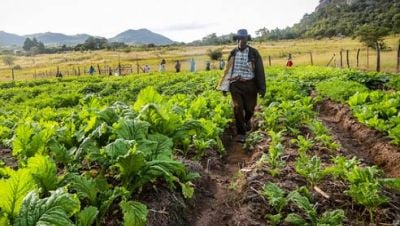Country Case Study – Nepal

Download Report by Language
Document
regmibimalandadhikarianunepal.pdf
(228.23 KB)
Citation
Regmi, Bimal R., Adhikari, A.. 2008. Country Case Study – Nepal. New York.
Country Case Study – Nepal
Posted on: January 01, 2008
Nepal has a negligible share in the global emission. According to the National Communication Report recently prepared by HMG, net emission of CO2 was about 9.747 tonnes and the net emission of methane was estimated to be 0.948 tones in 1994. In addition, annual emission of carbon monoxide (CO) rose slightly from 0.638 million tons/year (mt/yr) in 1990 to 0.693 mt/yr in 1996 with the exception of 2.14 mt/yr in 1994. This fluctuated for sulphur dioxide (SO2) with 0.11 mt/yr in 1994 and 0.028 mt/yr in 1996. A similar situation has been observed for nitrogen oxides (NOx) and TSPs (CBS 1998). Based on these estimates, there is no change in the amount of carbon (only 292 tons/yr) released by deforestation activities. However, carbon released from fuel burning increased by over 60 per cent (from 4.7 to 7.4 mt/yr) between 1985 and 1998. Estimates also indicate that while the total emission of carbon dioxide (CO2) was only 0.2 mt in 1990, it will reach 2.07 mt by 2030. This indicates that the per capita emission of 42.6 kg of CO2 in 1990 was from the use of petroleum products such as kerosene and diesel and this will reach 220.6 kg by 2030 (CSMT 1996 in MOPE, 2000). It is also estimated that Nepal consumes about 12.5 mt/yr of fuelwood, which could roughly emit 5 mt of carbon into the atmosphere. Furthermore, Nepal uses about 30 tons of chlorofluorocarbons (CFCs) and 23 tons of hydro-chlorofluorocarbon (HCF22) in refrigerators, and CFC consumption is increasing at the rate of 10 percent in dairy and commercial refrigeration.

